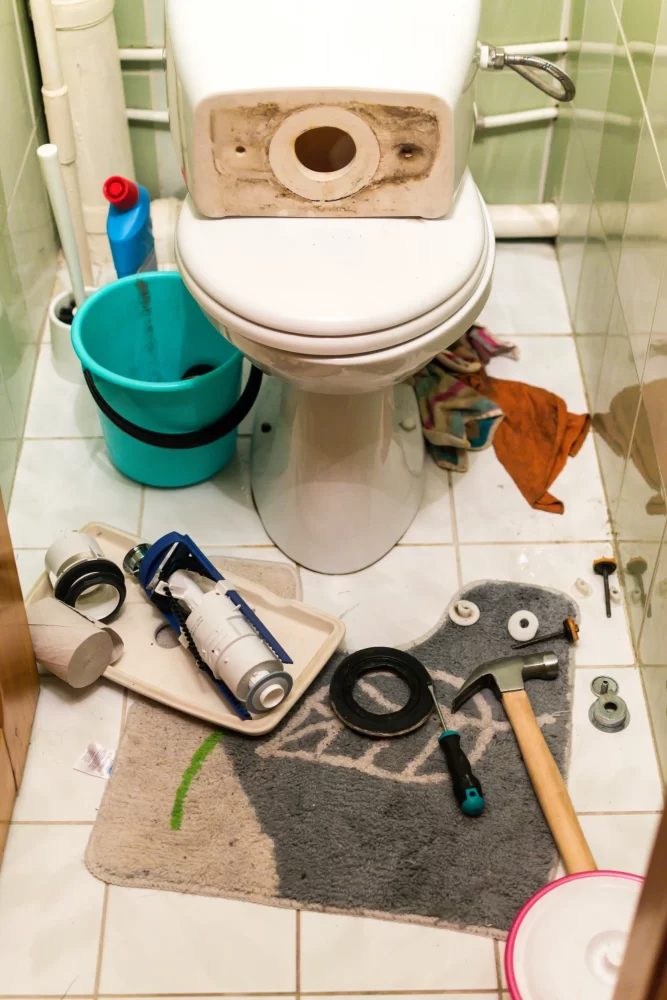When it’s time to renovate your home, you may start immediately thinking about who you can hire to get the job done at a reasonable price. While there will always be some costs involved with renovations, most are negotiable. Before you prepare to tackle your next home reno project ; Here are 10 minor home renovations you should never pay full price for.
1. Painting

Interior painting is a quick refresh that can transform any space, but it doesn’t have to come with a hefty price tag. Painting requires relatively low-cost materials and labor, making it a prime candidate for cost reduction. Get multiple quotes from local painters and don’t shy away from negotiating. Many contractors are willing to match or beat the prices of their competitors, especially during off-peak seasons.
Additionally, consider purchasing your own paint. Retailers often have sales, and buying the paint yourself can cut costs significantly. Just ensure the painter agrees to use the materials you provide.
2. Landscaping

Enhancing your home’s curb appeal through landscaping can also be achieved on a budget. Simple projects like mulching, planting seasonal flowers, and regular lawn care can be done economically. When hiring landscapers, choose smaller, less complex designs that require less labor but still enhance the overall look of your property.
Bulk buying materials such as mulch or stones can further reduce costs. Also, local nurseries may offer better deals than big box stores and provide healthier, region-specific plants that thrive in your locale.
3. Lighting Upgrades

Updating light fixtures is another renovation where you can avoid full price fees. Whether it’s modernizing old fixtures or installing energy-efficient lights, purchases from warehouse sales or online marketplaces can save you a bundle. Installation can be negotiated too, particularly if you bundle the task with other electrical upgrades.
Energy-efficient lighting not only costs less to operate but also often comes with rebates and incentives from energy companies, making this update both stylish and sustainable.
4. Hardware Replacements

Replacing old cabinet handles, doorknobs, and faucets can modernize a home with minimal effort. Hardware is frequently marked up at retail locations, so shopping online or at discount hardware stores can lead to substantial savings. Installation is straightforward enough that even moderately handy homeowners can handle it themselves, saving on labor costs.
When purchasing these small items, look out for bulk deals or clearance sales, especially for last season’s styles that remain appealing but are no longer full-priced.
5. Backsplash Installation

A new backsplash can inject personality into your kitchen or bathroom. The material costs for backsplashes can vary widely, but ceramic and porcelain tiles can often be found at a discount. Consider also looking for remnants of high-end materials at a tile shop, which can be purchased at a fraction of the cost.
Since the area to cover is usually small, labor costs should be lower—don’t hesitate to negotiate with contractors. Additionally, tiling courses at local community centers might empower you to DIY this project.
6. Smart Home Upgrades

As homes get smarter, upgrades like thermostats, security cameras, and lighting systems are increasingly popular. While these devices can be expensive, retailers often offer discounts during major sales events like Black Friday. Purchasing last year’s models can also provide savings without sacrificing much functionality.
Installation of these devices can sometimes be DIY-ed with help from online tutorials, saving you even more. Alternatively, bundling several installations into one job can lead to lower overall labor costs.
7. Door Replacements

Replacing exterior doors can improve both the appearance and insulation of your home. While the cost of new doors can be high, purchasing slightly imperfect models from outlet stores or sales can significantly reduce expenses. These imperfections are often minor and hardly noticeable once installed.
Negotiate installation costs by comparing quotes and seeking out package deals, especially if you plan to replace several doors at once.
8. Window Treatments

Window treatments like blinds, curtains, and drapes offer both functionality and style. Though custom options can be pricey, ready-made pieces provide a tailored look without the custom price tag. Watch for sales at home goods stores or online, and consider mixing and matching pieces for a unique look.
Installation can often be a DIY project with numerous guides available, helping you to forego professional installation fees.
9. Flooring Updates

Updating your flooring can change the feel of a room dramatically. Materials like laminate or vinyl planking offer the look of hardwood but at a fraction of the price. Look for closeout sales or discontinued lines for the best deals.
Flooring installation can be negotiated, particularly if the job is straightforward and the space is prepped by the homeowner. Consider removing old flooring yourself to cut down on labor costs.
10. Minor Bathroom Updates

Simple updates like changing out mirrors, towel bars, or the shower head can revitalize a bathroom without a full remodel. Shop for these items during sales or at discount retailers. Many of these updates are simple enough for DIY installation, saving further on labor costs.
These bathroom components are often overpriced as part of larger renovation projects, so purchasing them separately and handling some of the work yourself can lead to significant savings.
No Major Price Tags Necessary

Minor home renovations don’t need to come with major price tags. By knowing when to shop, what to DIY, and how to negotiate, you can make impactful updates to your home without draining your wallet. Whether you’re preparing to sell or just enhancing your living space, these cost-effective strategies ensure you get the most out of every dollar spent. Remember, a smart homeowner is an empowered homeowner. Ready to start saving? Dive into your next home project with confidence and creativity!
Tamila McDonald is a U.S. Army veteran with 20 years of service, including five years as a military financial advisor. After retiring from the Army, she spent eight years as an AFCPE-certified personal financial advisor for wounded warriors and their families. Now she writes about personal finance and benefits programs for numerous financial websites.





















Discussion about this post